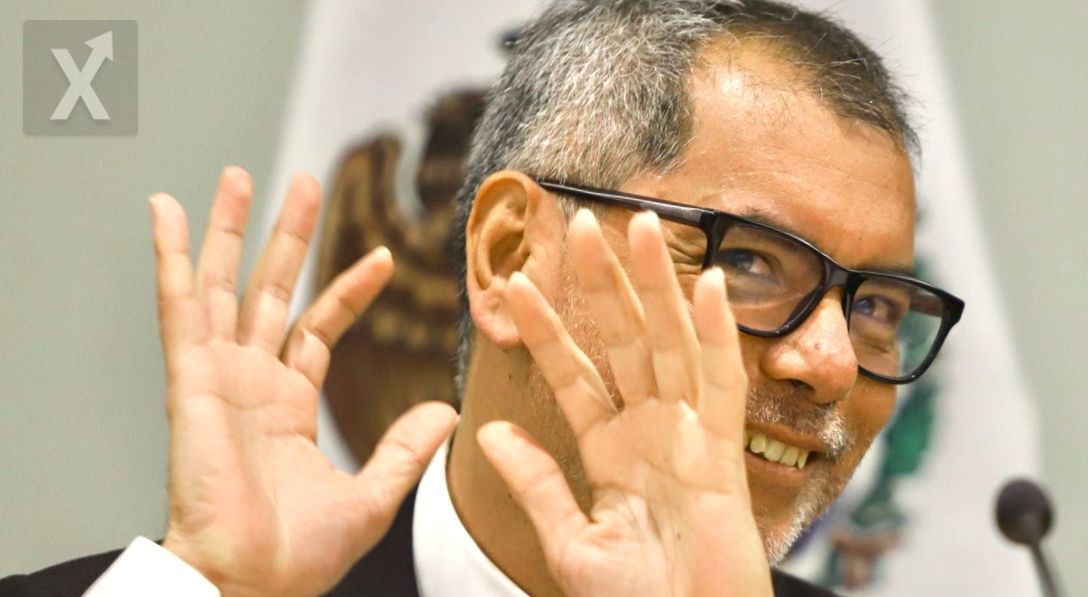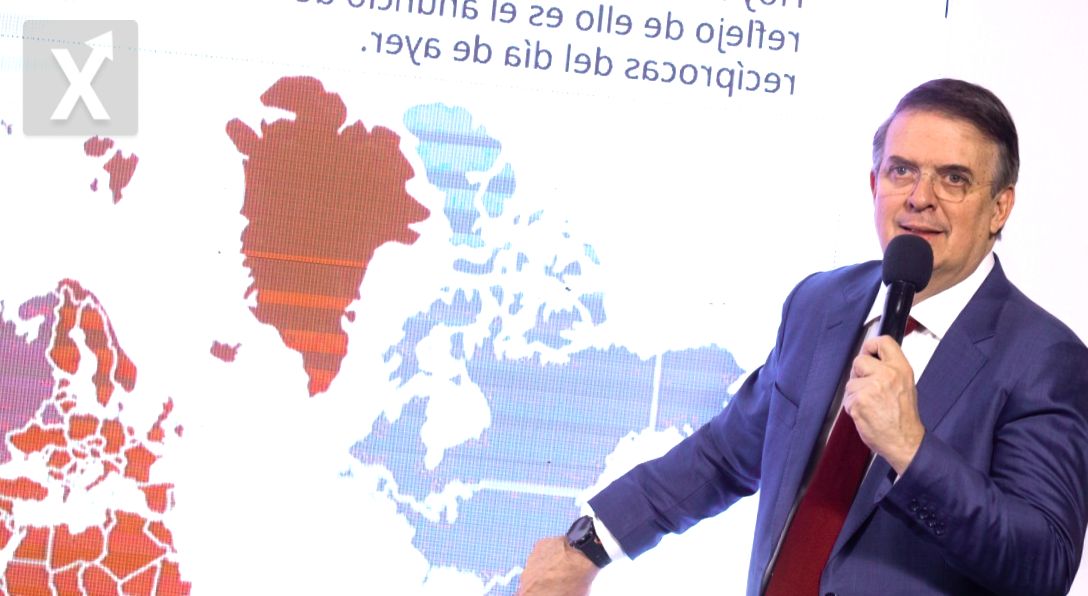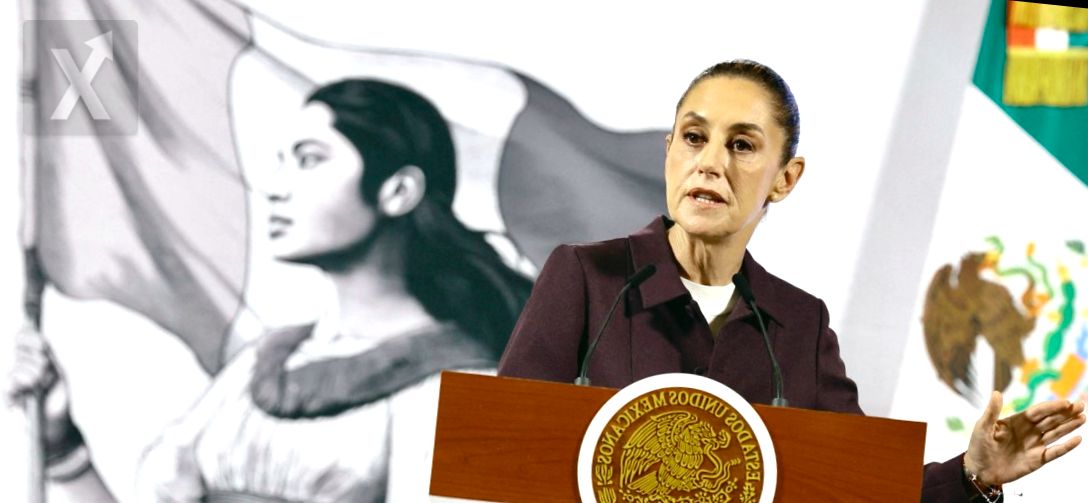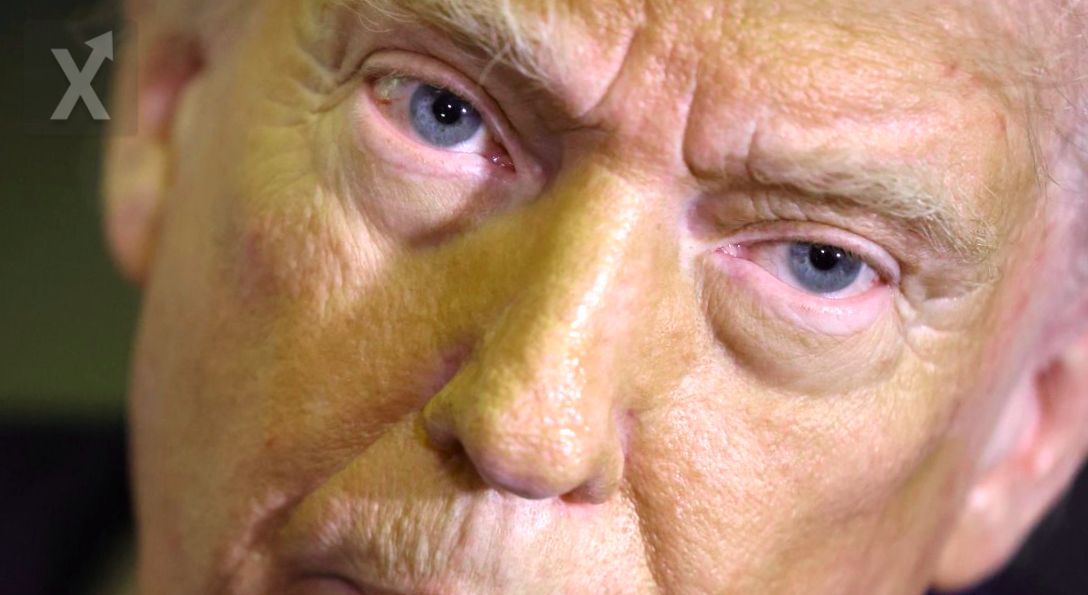Reactions to Hacienda's Optimism Amid Trade Tensions

The Ministry of Finance and Public Credit (SHCP) remains optimistic about Mexico's economic growth, even in light of tariff implementation and threats from the United States, according to economic and finance experts consulted by Expansión. Despite expectations that U.S. President Donald Trump will unveil his tariff plan today affecting all nations, Hacienda is "optimistic" about the economic projections for the year's close. This is reflected in their new GDP growth range, which is now between 1.5% and 2.3%, revised downward from a previous estimate of 2% to 3%, as noted in the General Criteria for Economic Policy 2026. However, this perspective seems overly optimistic when compared to the consensus opinion of specialists and the projection from the Bank of Mexico, which anticipates growth of just 0.6%, and even a negative scenario that might hit -0.2%. Pau Messeguer Gally, director of Economic Analysis at Multiva, mentions that while some indicators suggest the economic slowdown that began in late 2024 may continue into early 2025, the federal government doesn’t seem to foresee a decrease in economic activity for this year.
Hacienda states that the adjustment in their projection is due to "trade tensions and changes in the global economic environment." However, it does not fully assess the potential structural impact on global value chains, as indicated by the Multiva analyst. Mariana Campos, general director of Mexico Evalúa, points out that even without the implementation of tariffs, uncertainty has already interfered with projections from economists at organizations like the OECD, the World Bank, and private banking in Mexico. Regarding public finances, it’s crucial to highlight that the manufacturing sector generates 20% of all Income Tax (ISR) collected in the country, and nearly half of Foreign Direct Investment (FDI) also comes from this industry, which is the most affected by the imposition of tariffs. Campos adds that there is a denial of the current situation, along with certain inconsistencies, as although changes in the fiscal outlook are recognized, income projections are not adequately detailed, raising concerns. Risks are being underestimated, maintaining a macroeconomic framework with minimal differences.
Insufficient AdjustmentsDespite projections for lower growth, adjustments in revenues and public spending relative to GDP seem to be increasing. Budget revenues grew from 22.3% to 22.4% of GDP, while adjusted net spending rose from 25.5% to 25.7%, according to the information submitted to Congress for the design of the 2026 Economic Package.
With these projections, the goal of reducing the budget deficit from 5.7% of GDP to 3.9-4% appears complicated, as public finances depend on economic growth, which in turn is influenced by the U.S. economy, also projected for lower growth this year, mentioned Iván Benumea, coordinator of Fundar's Fiscal Justice Program. “Although a negative effect is expected in the U.S., this will have a multiplier impact on Mexican finances, an aspect that is ignored in the document,” added Benumea. Gabriel Reyes Orona, former federal tax attorney, also highlighted the lack of clarity regarding the funding source for social programs, as these have been sustained by extraordinary revenues that are expected to decrease significantly. Moreover, the impact of tariffs won’t only affect Mexico, as several countries are reconsidering their dependence on the U.S., with Japan, South Korea, and China already announcing plans to reduce that dependency.
More Challenges AheadTamón Takahashi, chief economist at TKA Analytica, believes that “Hacienda's optimism does not fade,” considering that since 2018, GDP has not managed to grow at an average annual rate exceeding 1%. “Even without the threat of external shocks, achieving that growth will be complicated without improvements in productive sectors and without a significant increase in foreign investment or substantial public spending on investment,” Takahashi commented. Additionally, the country’s internal problems further complicate the possibility of achieving this economic projection. He noted that if tariff measures are implemented and become permanent, Mexican exports will be affected, leading to decreased demand and resulting in negative effects like the exit of businesses and the closure of factories with Chinese origins. It’s also alarming that the effects of the new U.S. immigration policy on remittances are not being adequately assessed and that the severity of the disruption of production chains between both countries is underestimated.
In summary, it’s crucial to maintain a realistic view of economic projections, especially in such a changing and uncertain environment. The global economy is interconnected, and decisions such as the implementation of tariffs by economic powers can have significant repercussions on the finances of countries like Mexico. Time must be taken to properly assess risks and adapt to this new reality in order not to compromise long-term economic well-being.





